2001 Chevrolet Malibu Brake Rotors and Pads
Click here to search another vehicle
All Rotors:
OEM x
Coated x
Drilled, Slotted and Coated x
Front x
Rear x
All Pads:
Ceramic x
Semi-metallic x
Front x
Rear x
Found 7 record
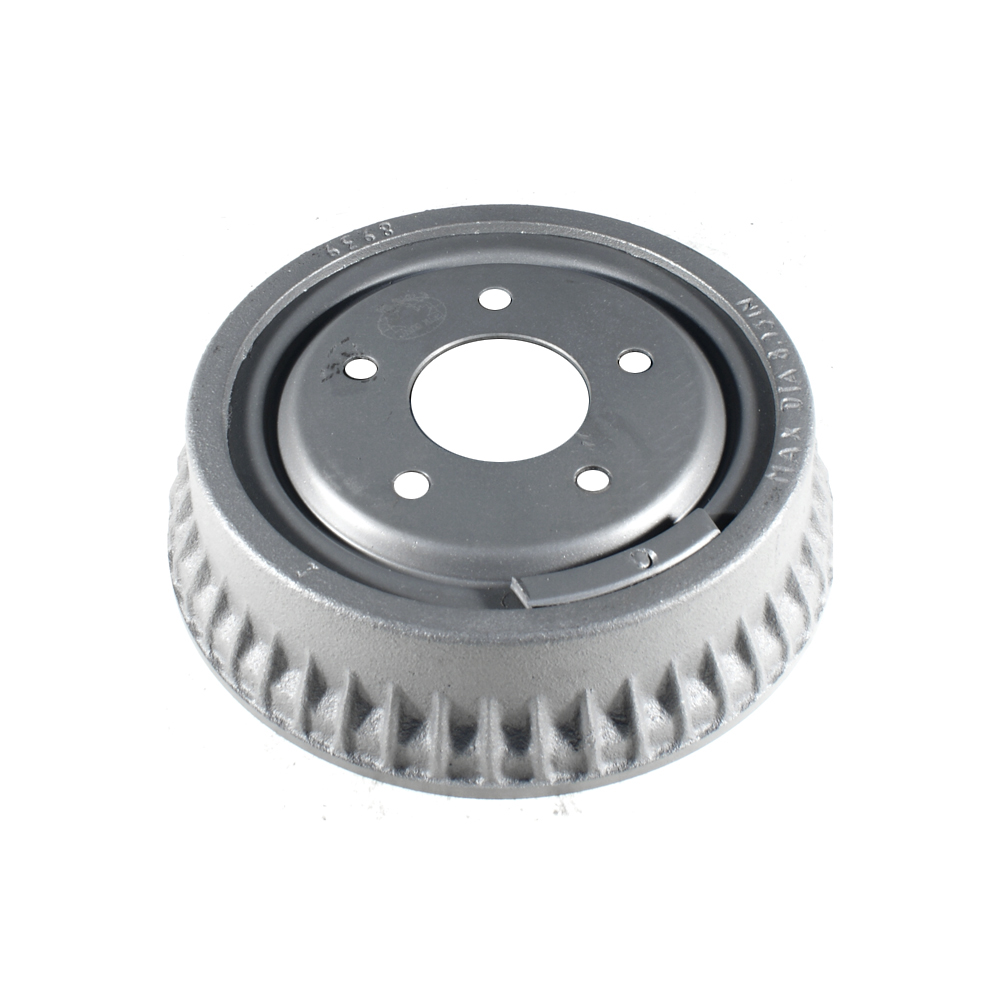
Part No: BD8939
Raybestos: 2051
OE: 18042283
Raybestos: 2051
OE: 18042283
$47.14 each
Per Car QTY: 2
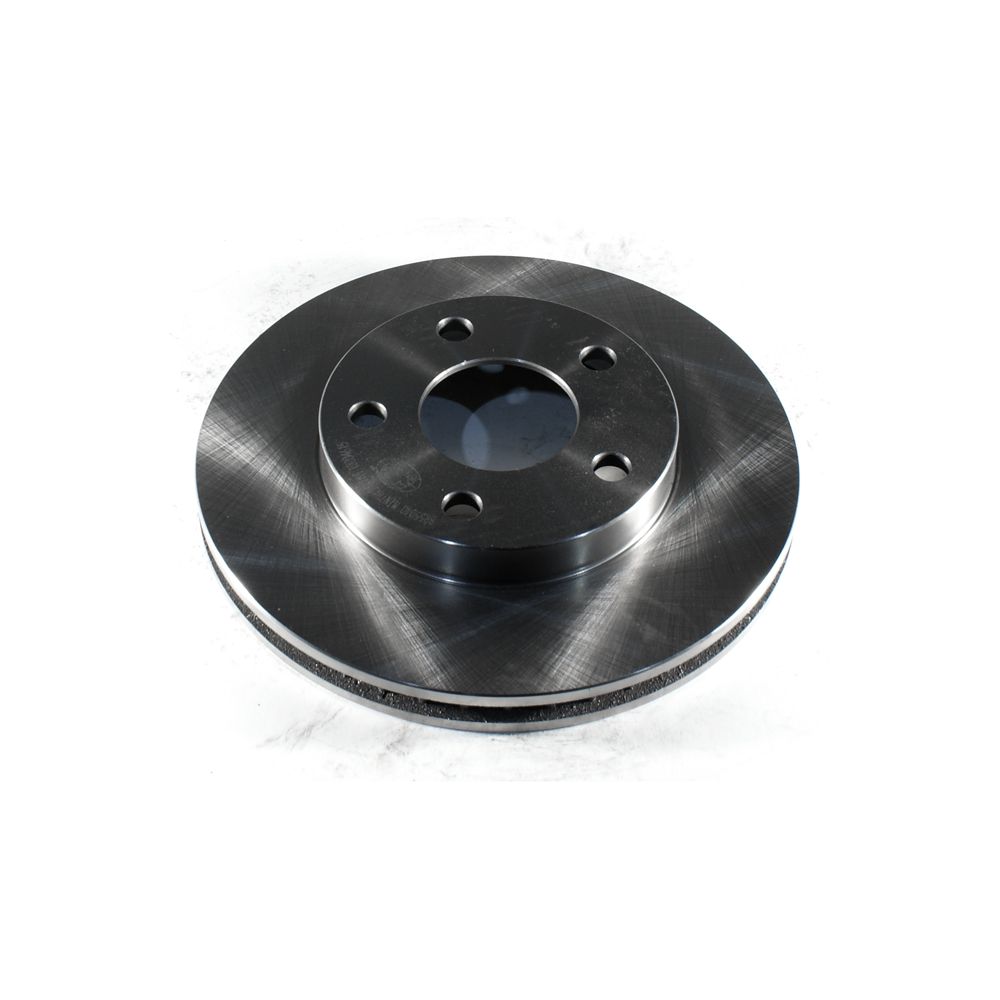
Part No: BR55040
Raybestos: 56655
OE: 18060442
Raybestos: 56655
OE: 18060442
$30.78 each
Per Car QTY: 2

Part No: PP55040
Raybestos: 56655
OE: 18060442
Raybestos: 56655
OE: 18060442
$41.38 each
Per Car QTY: 2
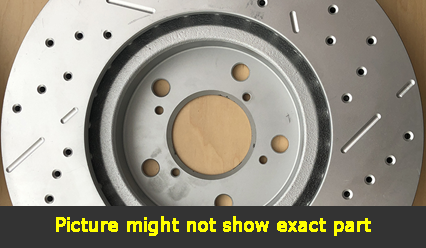
Part No: SP55040L
Raybestos: 56655
OE: 18060442
Raybestos: 56655
OE: 18060442
$73.78 each
Per Car QTY: 1
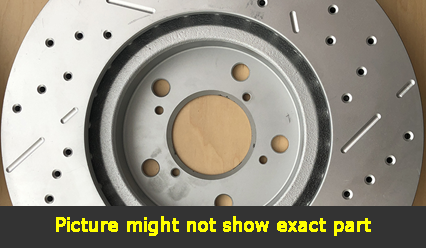
Part No: SP55040R
Raybestos: 56655
OE: 18060442
Raybestos: 56655
OE: 18060442
$73.78 each
Per Car QTY: 1
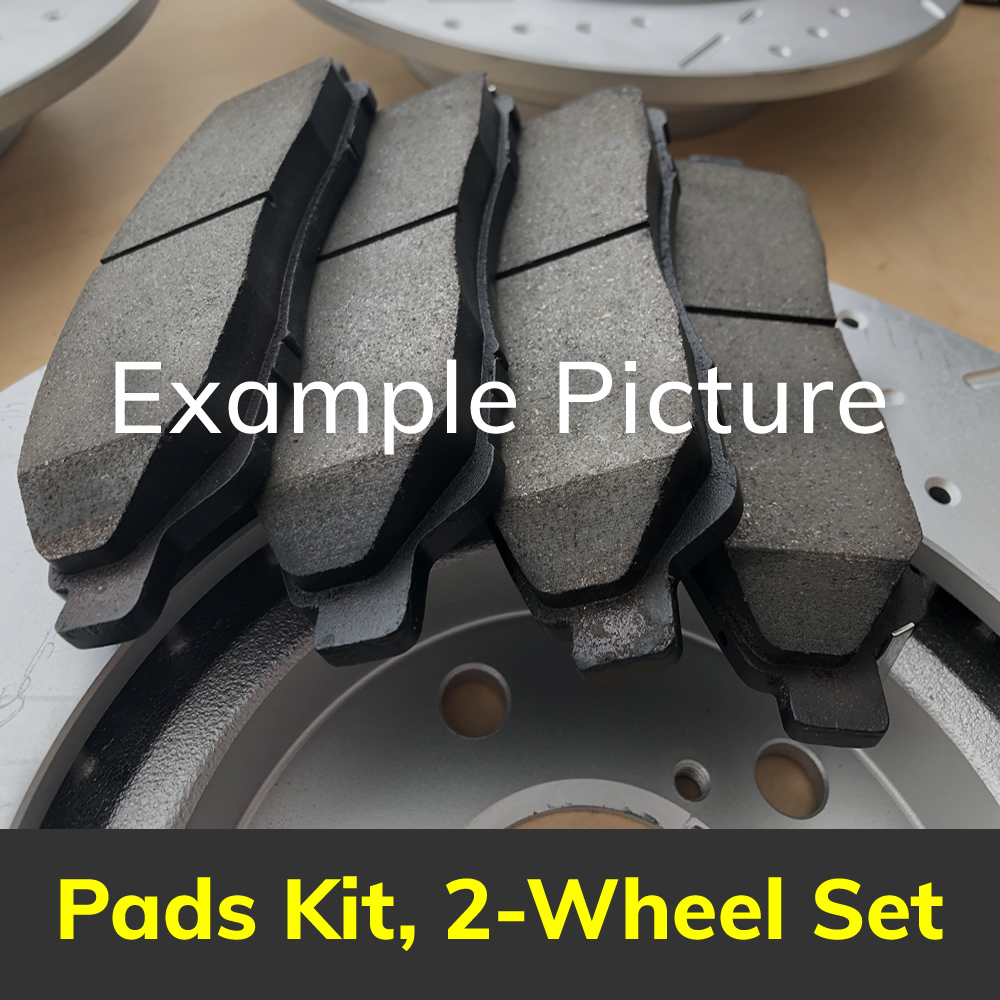
Part No: PD727C
Raybestos: 727
OE:
Raybestos: 727
OE:
$28.62 each
Per Car QTY: 1
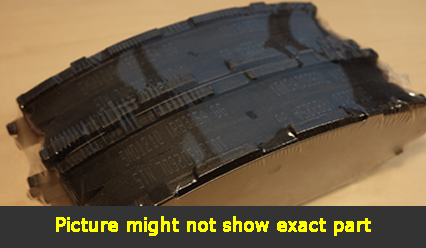
Part No: SMD727
Raybestos:
OE:
Raybestos:
OE:
$22.45 each
Per Car QTY: 1
Choosing the right brakes for your 2001 Chevrolet Malibu is essential for ensuring optimum safety and performance. With various types and brands available, it can be overwhelming to make the right decision. However, by considering a few key factors, you can easily narrow down your options and select the brakes that best suit your needs. In this article, we will guide you through the process of choosing brakes for your 2001 Chevrolet Malibu.
1. Determine your driving style: Understanding your driving habits is crucial when selecting brakes. Are you a daily commuter who spends a lot of time in traffic, or are you primarily a highway driver? Do you drive aggressively or prefer a more relaxed driving style? Determining your driving style will help you choose between different brake options such as ceramic, organic, or performance brakes.
2. Identify your braking needs: Consider the terrain and weather conditions in your area. If you live in an area with steep hills or frequently encounter snow and rain, you may want to opt for brakes with better stopping power and improved wet performance. Alternatively, if you live in a relatively flat area with limited adverse weather conditions, standard brakes may be sufficient.
3. Research brake types: There are three main types of brakes commonly available for passenger vehicles: organic, semi-metallic, and ceramic. Each has its own benefits and drawbacks:
- Organic brakes: Known for their affordability and low noise level, organic brake pads are an excellent option for everyday driving. They provide average stopping power and are ideal for light to moderate braking demands. However, they may wear out faster than other types.
- Semi-metallic brakes: These pads offer improved durability and superior heat dissipation, making them suitable for heavy-duty applications or frequent heavy braking. Semi-metallic brakes perform well across a wide range of driving conditions, but they tend to produce slightly more noise and generate more dust.
- Ceramic brakes: Ceramic brake pads are known for their exceptional performance, low dust production, and durability. They provide superior stopping power, particularly in high-speed situations, while remaining quiet and generating minimal dust. However, they are generally more expensive than the other types.
4. Consider the rotor material: When choosing brakes, it's essential to consider the rotor material as well. The most commonly available options are cast iron and composite rotors. Cast iron rotors are standard and offer good performance at an affordable price. Composite rotors, on the other hand, are made from a mix of iron and other materials, providing improved heat dissipation and reducing the chances of warping or cracking. Composite rotors are pricier but can be an excellent choice for heavy-duty driving or performance applications.
5. Check brand reputation and quality: It is crucial to choose brakes from reputable brands known for their quality. Conduct research and read reviews to gauge the reliability, durability, and overall performance of different brake brands. Opting for trusted manufacturers will ensure you are investing in a reliable and safe braking system.
6. Consult a professional: If you are uncertain about which brake option will suit your driving needs, it is always recommended to consult a trusted mechanic or brake specialist. They can provide guidance based on your vehicle's specifications, your driving style, and the area's driving conditions.
By following these guidelines and considering your driving style, braking needs, and research, you can choose the right set of brakes for your 2001 Chevrolet Malibu. Remember, brakes are a critical safety component of your vehicle, so invest time and effort to select a high-quality product that ensures your safety on the road.
1. Determine your driving style: Understanding your driving habits is crucial when selecting brakes. Are you a daily commuter who spends a lot of time in traffic, or are you primarily a highway driver? Do you drive aggressively or prefer a more relaxed driving style? Determining your driving style will help you choose between different brake options such as ceramic, organic, or performance brakes.
2. Identify your braking needs: Consider the terrain and weather conditions in your area. If you live in an area with steep hills or frequently encounter snow and rain, you may want to opt for brakes with better stopping power and improved wet performance. Alternatively, if you live in a relatively flat area with limited adverse weather conditions, standard brakes may be sufficient.
3. Research brake types: There are three main types of brakes commonly available for passenger vehicles: organic, semi-metallic, and ceramic. Each has its own benefits and drawbacks:
- Organic brakes: Known for their affordability and low noise level, organic brake pads are an excellent option for everyday driving. They provide average stopping power and are ideal for light to moderate braking demands. However, they may wear out faster than other types.
- Semi-metallic brakes: These pads offer improved durability and superior heat dissipation, making them suitable for heavy-duty applications or frequent heavy braking. Semi-metallic brakes perform well across a wide range of driving conditions, but they tend to produce slightly more noise and generate more dust.
- Ceramic brakes: Ceramic brake pads are known for their exceptional performance, low dust production, and durability. They provide superior stopping power, particularly in high-speed situations, while remaining quiet and generating minimal dust. However, they are generally more expensive than the other types.
4. Consider the rotor material: When choosing brakes, it's essential to consider the rotor material as well. The most commonly available options are cast iron and composite rotors. Cast iron rotors are standard and offer good performance at an affordable price. Composite rotors, on the other hand, are made from a mix of iron and other materials, providing improved heat dissipation and reducing the chances of warping or cracking. Composite rotors are pricier but can be an excellent choice for heavy-duty driving or performance applications.
5. Check brand reputation and quality: It is crucial to choose brakes from reputable brands known for their quality. Conduct research and read reviews to gauge the reliability, durability, and overall performance of different brake brands. Opting for trusted manufacturers will ensure you are investing in a reliable and safe braking system.
6. Consult a professional: If you are uncertain about which brake option will suit your driving needs, it is always recommended to consult a trusted mechanic or brake specialist. They can provide guidance based on your vehicle's specifications, your driving style, and the area's driving conditions.
By following these guidelines and considering your driving style, braking needs, and research, you can choose the right set of brakes for your 2001 Chevrolet Malibu. Remember, brakes are a critical safety component of your vehicle, so invest time and effort to select a high-quality product that ensures your safety on the road.


